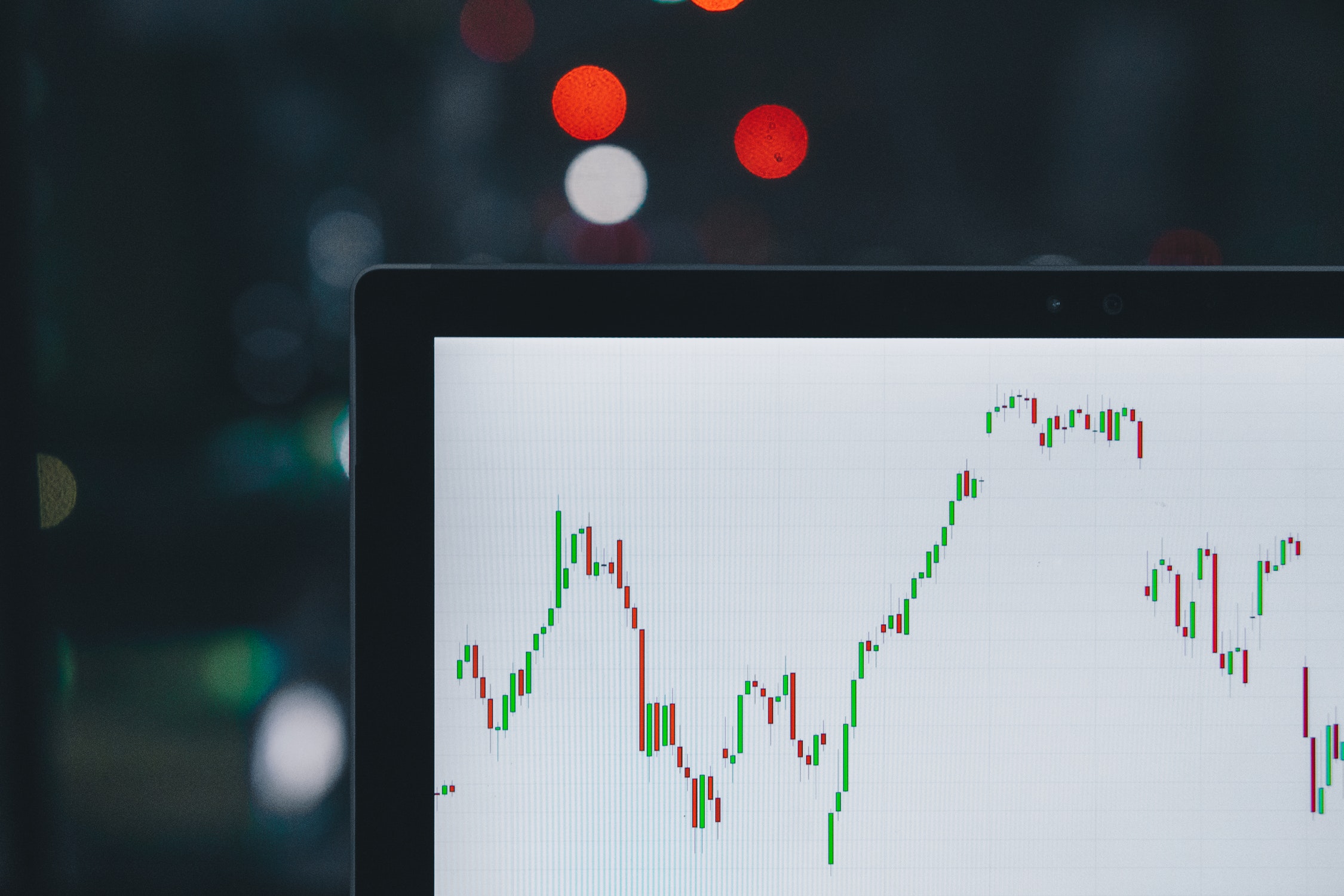Project Description
Crypto markets
Crypto markets are an elemental component within the blockchain ecosystem. A differentiation can be made between primary markets, where cryptocurrencies are issued initially, and secondary markets, where tokens can be exchanged for other currencies.
Cryptocurrencies can be emitted in various ways. Bitcoin, the most prominent one, has simply been initiated through execution of computer protocol. Anyone can participate in the network as a miner, providing computing resources that help to secure the network, in return for which they are rewarded with newly created Bitcoins. This mechanism is referred to as Proof-of-Work (PoW). Numerous cryptocurrencies use mining as their consensus mechanism, the way to secure their network. Therefore, mining is a specific ecosystem of its own within crypto markets. Apart from mining, alternative consensus mechanisms include Proof-of-Stake (PoS), Byzantine Fault Tolerance (BFT) or Proof-of-Authority (PoA). All consensus mechanisms have their benefits and drawbacks. Improved consensus mechanisms are currently the subject of intense research efforts.
Another form of the emission of cryptocurrency is the so-called minting of tokens. Projects like Ethereum or EOS represent blockchain infrastructure projects that can execute computer code in a decentralized manner. Using these so-called smart contracts, projects can create (mint) new tokens on top of the blockchain that enable on-top applications. Three categories of such tokens can be distinguished:
- Utility tokens provide digital access to an application or a service (e.g. a software license or a voucher).
- A payment token is a complementary currency for a specific service, for example a blockchain-based distributed network for computing power: The only way to access the network is by using the token.
- Security tokens represent securities, as defined by the relevant jurisdiction (e.g. a share in a company).
Companies are using token sales as an alternative means to raise capital. This process is known as an initial coin offering (ICO) in the case of utility and payment tokens, and as a security token offering (STO) in the case of security tokens. Compared to initial public offerings, security tokens theoretically offer a number of advantages:
- Tokens are immediately transferable and can be traded 24/7 on secondary markets.
- Clearing and settlement is a matter of a few minutes at most.
- Tokens can be held personally, i.e. brokers and custody accounts are no longer required.
- The underlying blockchain ensures the transparency of all transactions.
Yet the markets are only evolving and it remains unclear what impact these new financing mechanisms will have.
Additional mechanisms of distributing tokens exist besides token sales. One example are airdrops, the free distribution of tokens among users.
Secondary markets are primarily exchanges that exist alongside OTC trading. Depending on their technical structure, exchanges can be differentiated into centralized and decentralized ones. In centralized exchanges, users deposit cryptocurrency with the exchange. Trades are settled on centralized servers, which is highly efficient but also entails a central point of failure. Centralized exchanges also offer fiat gateways that allow users to exchange their cryptocurrency for fiat currencies like EUR or USD.
A decentralized exchange (DEX) is a network of junctions, where trades are executed directly on the blockchain without the need for a central party. Users can simply plug in to the DEX by using their connection to the blockchain. The advantages of a DEX include security, democratic administration and potentially greater anonymity. Yet a DEX usually does not offer fiat currency gateways and is relatively inefficient compared to centralized exchanges.
While crypto markets are fundamentally comparable to traditional financial markets in many ways, there are also some significant differences, which makes crypto markets an exciting and demanding field of research. For example, crypto markets have unique characteristics such as non-stop trading, but they lack regulatory oversight, which entails a risk of manipulation (e.g. wash trading by exchanges or insider trading by investors). In this unique research environment, financial market theories can be tested and amended without distorting stabilizing price mechanisms or regulatory influence.
Despite their phenomenal growth, crypto markets are still in their infancy. Research must play a leading role in promoting the optimal development of these markets so that they can be opened up to a larger part of the population and become increasingly efficient.
Potential research topics:
- Investor behavior in ICOs and STOs
- Behavior of traders on secondary markets for cryptocurrencies
- Market manipulation in markets for cryptocurrencies
- Regulation of cryptocurrency markets
Browse other research areas:








